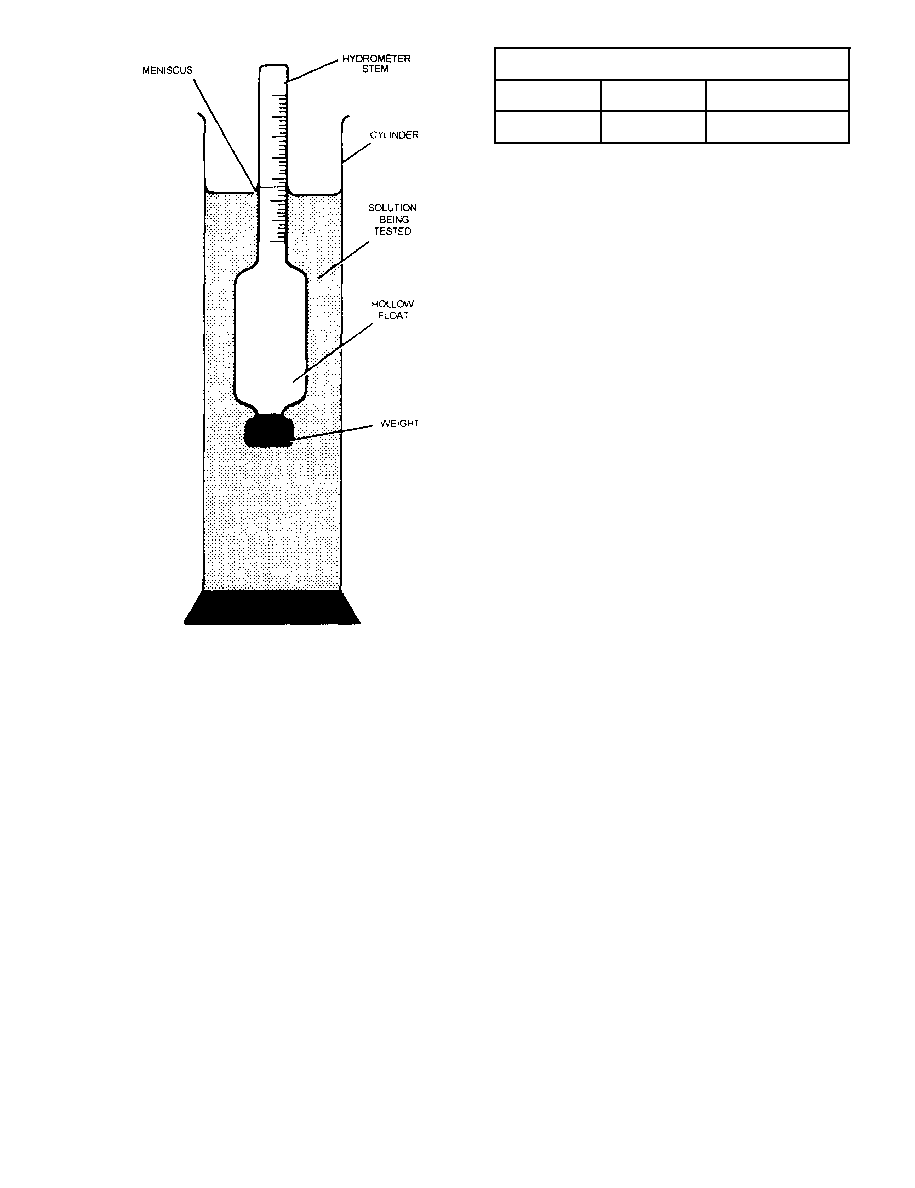
DOFMaster
for Windows
On-line
Depth of Field
Calculator
DOFMaster for Mobile Devices
On-line
Depth of Field
Table
Hyperfocal
Distance Chart
Articles
FAQ
Recommended
Books
Support
Contact
Links
Home
for Windows
On-line
Depth of Field
Calculator
DOFMaster for Mobile Devices
On-line
Depth of Field
Table
Hyperfocal
Distance Chart
Articles
FAQ
Recommended
Books
Support
Contact
Links
Home
As an Amazon Associate I earn from qualifying purchases.
![]()
meniscus intersects the stem of the hydrometer (fig.
9-2).
influences their activity and proper strength. pH is
basically a measure of the degree of acidity or alkalinity
determining the degree of accuracy with which the
processing solutions have been prepared. Photographic
range between pH 3.1 and 5.
strong acids with a pH of 1. Working up from a pH of 7,
the figures indicate weak alkalis with a pH of 8 to strong
alkalis with a pH of 14.
acidity 1/10 as strong as the preceding number, but 10
times stronger than the next succeeding or higher
has a degree of acidity 10 times stronger than a solution
with a pH value of 5, but only 1/100 the strength of a
solution having a pH value of 2. When determining the
degree of alkalinity of a solution, figure it in an opposite
manner. From 8 through 14, each number represents a
degree of alkalinity 10 times as strong as the last
preceding number, but 1/10 the strength of the next
higher number; for example, a solution having a pH
value of 11 indicates that the solution has an alkalinity
having a pH value of 13.
actual pH value. For this purpose a pH meter should be
used.
A pH meter has a reference electrode and a pH
measuring electrode, or these two can be combined into
one combination electrode. The pH electrode actually
contains an electrolyte solution is used only to complete
the electrical circuit. The first step in measuring pH is
procedure. To standardize the pH meter, you must place
the electrodes in a calibrated buffer solution.
a pH value as close as possible to the pH of the sample
to be tested; for example, use a buffer at a pH of 4.00 to
test a fixer solution or a pH of 10.00 to test a developer
solution. The instrument should be standardized at
regular intervals during a long series of measurements
or before each use.
Basic Photography Course

As an Amazon Associate I earn from qualifying purchases.
WWW.DOFMASTER.COM
© 2006 Don Fleming. All rights reserved.
© 2006 Don Fleming. All rights reserved.